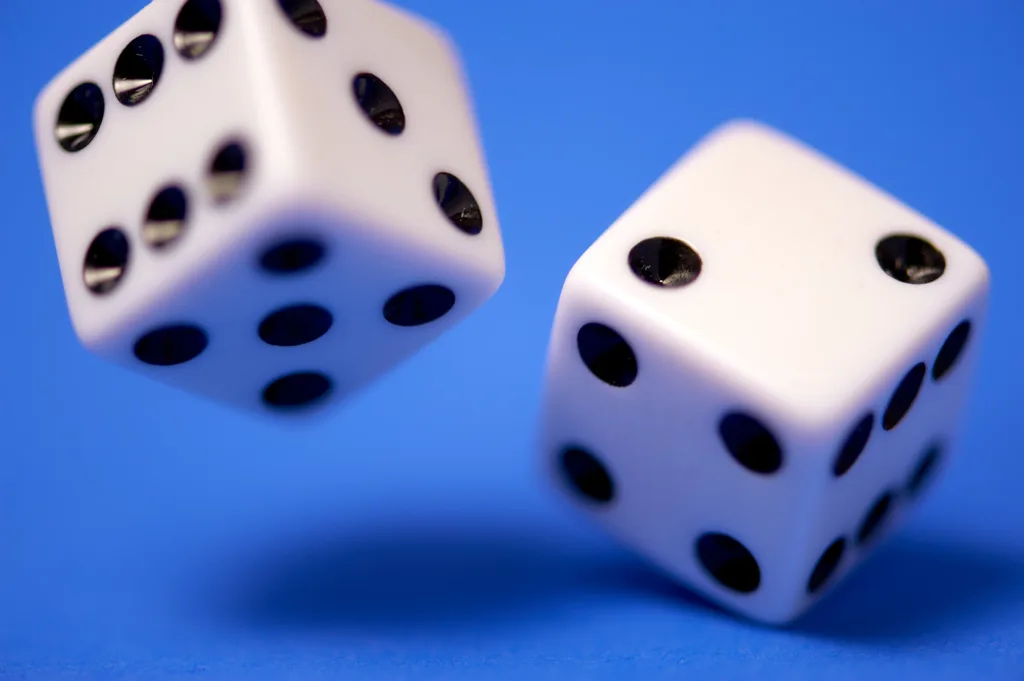The nCr formula is an essential mathematical concept that is widely used in combinatorics and probability. It is a formula that calculates the number of ways that a subset of size r can be chosen from a larger set of size n. The formula is written as nCr = n!/ (n-r)! r!.
To understand the nCr formula better, let us break it down into simpler terms. The exclamation mark symbol (!) is known as the factorial symbol, and it means that we multiply a number by all the positive integers below it. For example, 5! is equal to 5 x 4 x 3 x 2 x 1, which equals 120. So, when we see n!, it means that we multiply n by all the positive integers below it until we reach 1.
The nCr formula is used to solve problems involving the number of ways that a subset can be chosen from a larger set. For instance, if we have five different colors, and we want to choose three of them, we can use the nCr formula to calculate the number of ways we can do that. In this case, n = 5 (the total number of colors), and r = 3 (the number of colors we want to choose).
Using the nCr formula, we get:
NCr = 5!/ (5-3)! 3!
= 5 x 4 x 3 x 2 x 1 / [(5-3) x 2 x 1] x [3 x 2 x 1]
= 10
Therefore, there are 10 different ways that we can choose three colors from a set of five.
One important thing to note about the nCr formula is that the sum total of the exponents of x and y is always equal to n. For example, if we have n = 4, then the pssible combinations of choosing two items from this set would be 4C2 = 6. These combinations are (1,2), (1,3), (1,4), (2,3), (2,4), and (3,4). Notice that the sum of the exponents in each combination is always equal to 4.
It is also important to note that the binomial coefficients that are at the same distance from the start until the end are equal. For example, if we have n = 5, then 5C2 is equal to 5C3, and 5C1 is equal to 5C4. This is because choosing 2 items from a set of 5 is the same as choosing 3 items, and choosing 1 item is the same as choosing 4 items.
The nCr formula is a powerful mathematical concept that is used in various fields of study, including probability and combinatorics. It provides a way to calculate the number of ways that a subset can be chosen from a larger set, and it can be used to solve a wide range of problems. By understanding the nCr formula, you can gain a deeper appreciation of the principles of mathematics and their applications in real-world scenarios.
What Is The Formula Of NC0?
The formula for nC0 is given as:
NC0 = n! / (0! * (n-0)!)
Where n is a non-negative integer and ! denotes factorial operation, which means the product of all positive integers up to that number. In this case, n! means n*(n-1)*(n-2)*…*2*1.
However, since 0! is defined as 1, the formula for nC0 simplifies to:
NC0 = n! / 1 = n!
This means that the value of nC0 is simply equal to the value of n factorial.

Conclusion
The nCr formula is a powerful mathematical tool used to calculate the number of combinations that can be made from a set of n elements, taken r at a time. The formula takes into account the factorials of the total number of elements and the number of elements chosen, as well as the combinations of thee elements. It is based on the principle that the sum total of exponents of x and y is always equal to n, and that the binomial coefficients at the same distance from the start till the end are equal. By using the nCr formula, mathematicians and scientists are able to efficiently calculate the number of possible combinations in a wide range of fields, from probability and statistics to genetics and computer science. the nCr formula is an invaluable tool in the world of mathematics and beyond, allowing us to understand and solve complex problems in a more effective and efficient way.
